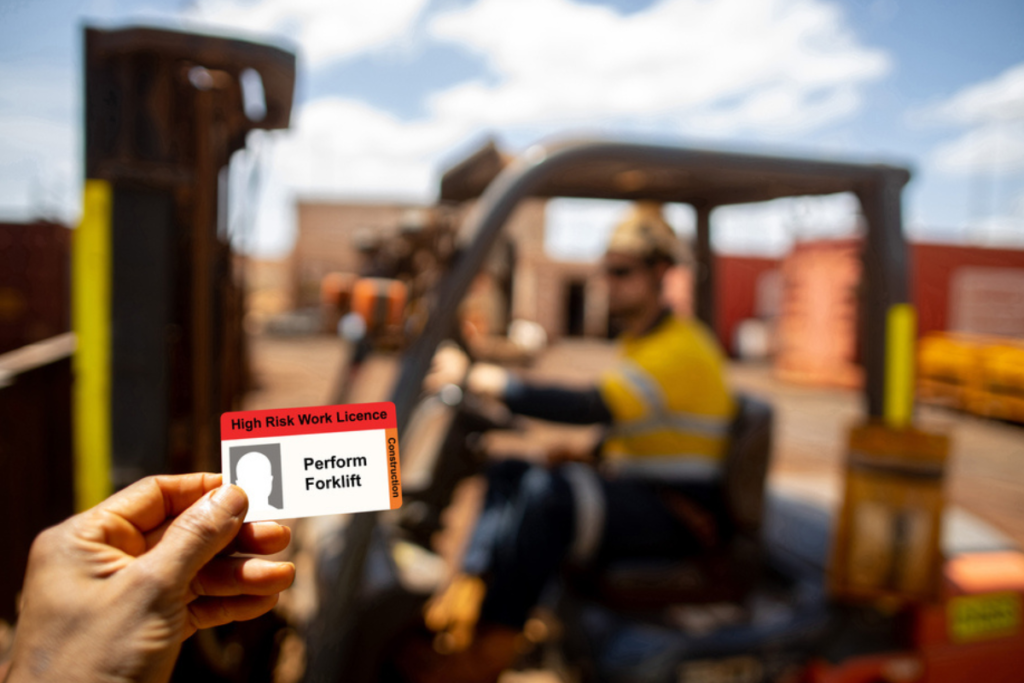Unlicensed Forklift Operation in the UK: Understanding the Consequences of Driving Without a Licence

Forklifts are indispensable tools in various industries, facilitating the efficient movement and handling of goods.
Whilst these magnificent machines are hugely beneficial across industries, they also carry significant safety risks if not operated responsibly.
To mitigate these risks, there are stringent regulations governing forklift operation. These ensure the safety of both operators, those working in their vicinity and the business themselves.
The Regulatory Framework: Ensuring Forklift Safety
The Health and Safety at Work Act 1974 (HSW Act) serves as the cornerstone of workplace safety, encompassing forklift operation.
Additionally, the Provision and Use of Work Equipment Regulations 1998 (PUWER), specifically Part iii, stipulates that employers have a duty of care to ensure that their employees are competent to operate forklifts and that the equipment itself is safe for use.
The Imperative of Certification: Equipping Operators for Safe Operation
Under PUWER, employers are mandated to provide adequate training and certification for all specialist equipment. This includes forklifts.
This training equips them with the necessary knowledge, skills and understanding to operate forklifts safely and effectively, minimising the risk of accidents and injuries.
The Consequences of Unlicensed Operation: A Breach of Safety and Law
Operating a forklift without the required certification is a serious breach of health and safety regulations, with far-reaching consequences for both the operator and the employer.
For the Operator
Individuals found operating forklifts without certification face potential penalties, including:
Dismissal from role
Civil litigation, resulting in damages for injuries or property damage caused by their negligence
For the Employer
Employers who allow or encourage unqualified personnel to operate forklifts are also subject to severe penalties, including:
- Health and Safety Executive (HSE) fines of up to £20,000
- Criminal prosecution, with the possibility of imprisonment of up to two years
- Damages awarded in civil litigation
Beyond the Legal Ramifications: Unlicensed Operation Raises Significant Risks
Operating a forklift without proper certification poses substantial risks to both the operator and those in the workplace:
- Accidents, leading to injuries or fatalities
- Damage to goods or equipment
- Production delays and disruption
- Damage to commercial reputation
Preventive Measures: Creating a Safe and Compliant Forklift Operation Environment
To prevent the occurrence of these issues and uphold legal obligations, employers must prioritise safety and compliance:
- Implement robust training and certification programs for all forklift operators – equip operators with the necessary skills and knowledge
- Maintain accurate records of operator training and certifications – ensure compliance and traceability
- Provide regular refresher training to ensure operators maintain their skills and knowledge – prevent skills obsolescence and reinforce safety practices
- Conduct regular workplace inspections to identify and address any potential safety hazards – proactively address safety concerns
By implementing these measures, employers can create a safe and compliant forklift operation environment, safeguarding their employees, minimising risks, and upholding their legal obligations.
